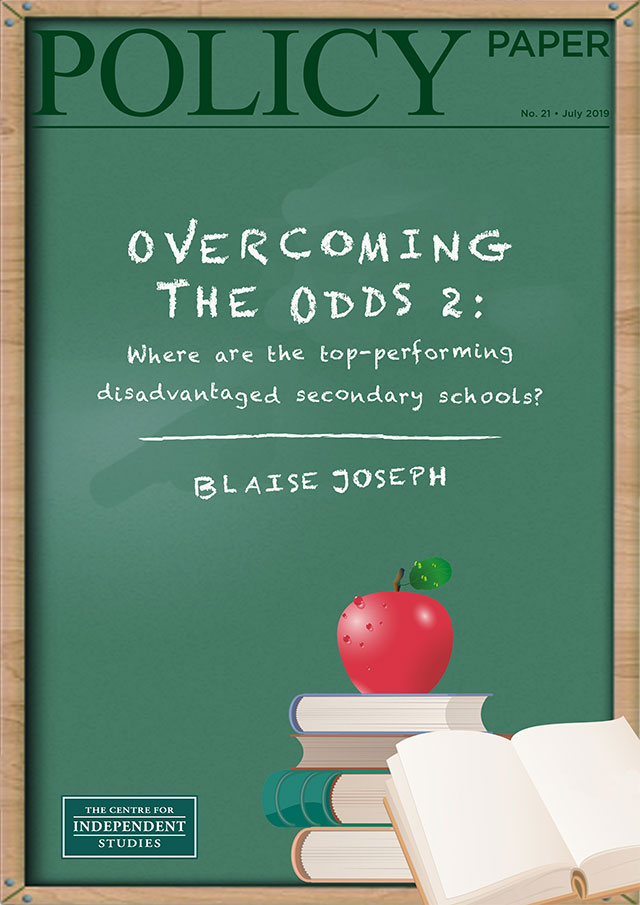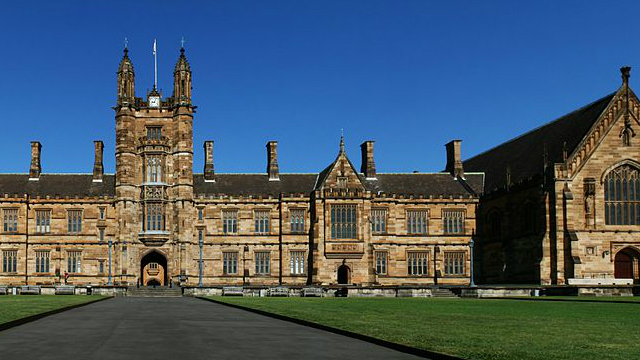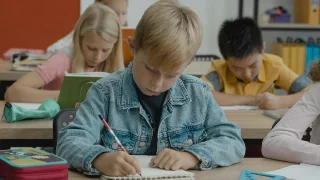
Students from disadvantaged social backgrounds perform worse academically on average than more advantaged students. However, some students and schools from lower socio-economic backgrounds are successful.
Only 3 Australian secondary schools are both disadvantaged and high-achieving. In contrast, 21 Australian primary schools are both disadvantaged and high-achieving. The particular challenges facing disadvantaged secondary schools can be partly explained by the following:
- ‘The Matthew Effect’: the tendency for differences in student achievement in the early years of school to grow into larger differences towards the end of secondary school, unless rectified in early schooling.
- Many students attending a local high-achieving primary school do not attend the secondary school in their area.
- School discipline problems are especially prevalent among disadvantaged secondary schools, compared to disadvantaged primary schools or more advantaged secondary schools.
- Direct instruction — an evidence-based teaching practice, where new content is explicitly taught in sequenced and structured lessons — appears to be less common at disadvantaged secondary schools compared to more advantaged schools.
School systems should focus on early literacy and numeracy to help disadvantaged students. Secondary schools should prioritise identifying underachieving students when they enrol. For parents, the implication is that choice of primary school is just as important as — if not more important than — choice of secondary school for their child’s academic success.










